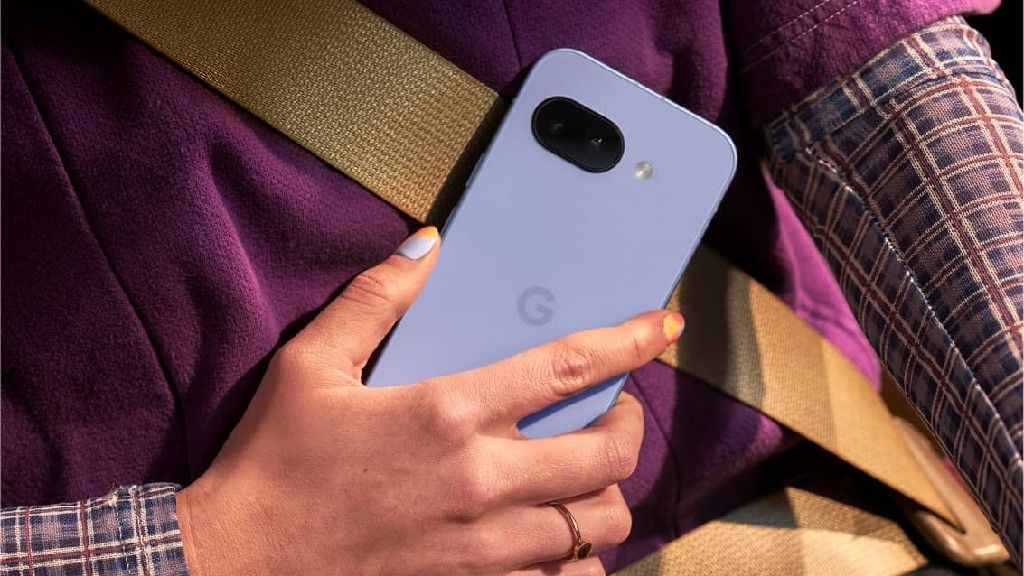You’ve probably noticed a trend with recent smartphone launches that not everyone loves. The new Google Pixel 10 series looks almost identical to last year’s Pixel 9 series, and the Samsung Galaxy S25 series looked very, very similar to last year’s Galaxy S24 series. I don’t think that’s a big deal—let me explain.
The Problem: Smartphone Design Innovation Has Stalled
New phones look the same as their predecessors, and this is a trend with pretty much every major OEM at this point. The just-announced Pixel 10 has the same camera bump and curves as the Pixel 9, with the only major noticeable difference being the addition of an extra camera sensor in the base Pixel 10—we went from having two to getting three, as it now has a similar camera setup to that of the Pixel 10 Pro. Sometimes, you don’t even get that. The Samsung Galaxy S25 is visually completely unchanged from the Galaxy S24, and you can barely notice changes, and barely with the S25 Ultra, which has slightly rounded corners compared to the Galaxy S24 Ultra’s sharp edges.
This isn’t a problem unique to the Android side. As I mentioned earlier, this is something Apple has been doing for a while, as the new iPhones tend to have very minor outside design changes and stick to just internal hardware changes, camera upgrades, and a couple of minor additions such as the Action Button and a Camera Control slider.
This brings me to my next point. Why change it if it’s already fine?
-

- Brand
-
Google
- SoC
-
Google Tensor G5
- Display
-
6.3-inch Super Actua, 20:9
- RAM
-
16 GB RAM
- Storage
-
128 GB / 256 GB / 512 GB with Zoned UFS / 1 TB with Zoned UFS
- Battery
-
4870mAh
The Pixel 10 Pro offers an upgrade over the base model with the powerful Google Tensor G5 chip, more RAM, and more storage (if you need it).
-

- Brand
-
Google
- SoC
-
Google Tensor G5
- Display
-
6.8-inch Super Actua, 20:9
- RAM
-
16 GB RAM
- Storage
-
128 GB / 256 GB / 512 GB with Zoned UFS / 1 TB with Zoned UFS
- Battery
-
5200mAh
Need a bigger phone? The Pixel 10 Pro XL offers just that. While you largely get the same experience as the 10 Pro, you’ll get a bigger screen and bigger battery—so you won’t be missing out on anything over the standard-sized 10 Pro.
OEMs Have Perfected Their Design
This is the problem I have with some OEMs, such as OnePlus, that enjoy doing wild design changes every single year. Personally, I see it as changing things for the sake of changing them. If you have a design that works, doesn’t look outdated, and it’s not something users actively dislike, the best approach—the way I see it, at least—is not to devote a lot of resources to actually changing it every single time. You can iterate on it and improve on top of it, but there’s not much of a need for actually changing it every single time.
For OEMs, it’s probably cheaper to reuse the same frame and design for their new smartphones. This way, they can actually deliver on changes that actually matter for users—more on this later. And for users, they can already settle in with a design they’re already familiar with, and they will feel right at home, especially if they’re upgrading from their direct predecessor or a couple of generations later. It’s basically the same phone, except faster.
In many cases, you can even reuse the same accessories you already own, including cases, chargers, and other things. I say “many” and not “all” because some actually do the tiniest of design changes so the phone is changed enough that it feels like the same phone, but you can’t re-use the cases because of ever-so-tiny design changes—looking at you, Apple.
They’re Giving You Upgrades Where It Actually Matters
The fact that a lot of OEMs don’t do design changes actually has an upside, and it’s the fact that the company can devote more resources towards internal changes. The new-generation phones often come with higher-specced SoCs, more powerful batteries, better internal features and software capabilities, and, overall, better performance.
Of course, many times, an upgrade is not worth it from one year to another since it’s basically a minor SoC upgrade and maybe one or two changes to the camera or the battery. But if you wait two or three years and then upgrade, you’ll be in for what’s basically a very improved version of the phone you already have. Even if the difference isn’t immediately noticeable when you unbox the phone, you’ll feel the difference once you actually turn it on and start using it. A design change makes it more evident that you’re getting an upgraded phone, but that doesn’t mean that you’re not getting an upgrade nonetheless.
And I’m not saying smartphone OEMs shouldn’t do design changes. I’m all for phones looking modern, and I’m all for phones updating their design over time so they continue looking modern every year. But it’s one thing to do that, and it’s another thing to not settle for one design language and changing your flagship phone’s design every single year. It’s costly, and in my opinion, it’s ultimately pointless.
Don’t shy away from smartphone upgrades just because they look the same. You’ll be surprised to find that the new phone might be packing a lot more changes than you’d expect.










